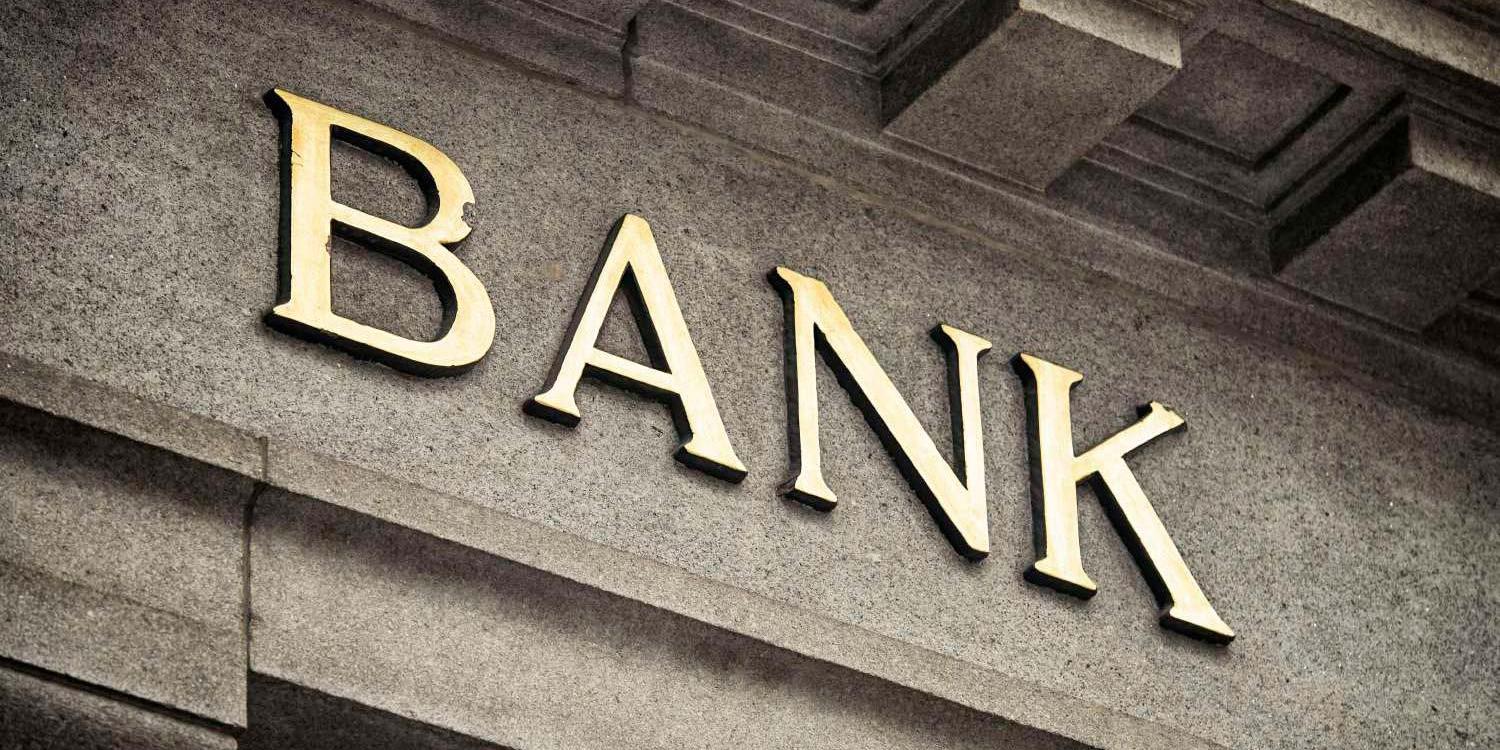
Preventing crime and ensuring compliance at 120 Nordic banks

SAS helps firms monitor suspicious activity and comply with regulations.

Stay compliant
Avoid fines and penalties; adapt to emerging risks.
SDC achieved this using • SAS® Anti-Money Laundering • SAS® Visual Analytics • SAS® Customer Due Diligence
SDC enables small and medium financial institutions in four Nordic countries to stay compliant
Money laundering through banks by organized criminals is a growing global concern. As a result, banks are facing increasing regulatory pressure at both the local and international levels.
SDC is an IT-service provider for 120 banks in the Nordic region. Suzan Moos, Business Analyst and Developer at SDC, must ensure that the company can provide the same level of governance infrastructure to its small and medium affiliated banks as the largest banks in the region. She has worked in anti-money laundering and fraud for more than a decade.
We are really one of the first technology partners in the world that can provide smaller banks the quality of anti-money laundering surveillance that only the largest players in the financial market would otherwise be able to muster.Suzan Moos Business Analyst and Developer SDC
“My role can be described as an intermediary between our clients – the banks – and our developers here at SDC,” Moos says. “Within anti-money laundering, the legal requirements are the same for small banks as for large banks. This gives larger banks an advantage. At SDC, we have worked to make a communal service based on SAS® Anti-Money Laundering that our customers can use to obtain the highest level of compliance.”
Having a centralized governance and oversight system makes it easier to search, define and correct errors as well as implement new scenarios and changes for several customer banks, she points out. This saves the banks a lot of resources, but the system still allows for individual tailoring for each client’s specific needs.
SDC and SAS are long-term partners, and Moos has followed the development of the anti-money laundering solution for years. “SAS Anti-Money Laundering is fantastically intuitive, and I really like the plentiful possibilities in the system,” she says. “And others agree – when we were just getting started with the upgrade, a new employee at one of the banks told me he thinks one can see a lot more information in the new version.”
As a provider of data and IT solution services, SDC is not ultimately responsible for whether an individual bank complies with legislation and maintains compliance standards. It is the bank’s responsibility to implement robust anti-money laundering compliance programs. However, for Moos it is essential that SDC provides guidance and counseling to its clients on this complex topic and offers reliable solutions to minimize the problem.
“At SDC, we have been thinking eight to 10 years ahead,” Moos says. “We are really one of the first technology partners in the world that can provide smaller banks the quality of anti-money laundering surveillance that only the largest players in the financial market would otherwise be able to muster.”
SDC – Facts & Figures
120
financial institutions
9,500
employees
3.6 million
customers
One of the big challenges in anti-money laundering detection is a large number of wrong alerts, or so-called non-productive alerts. According to Moos, it is hard to give a general answer as to how the anti-money laundering system is alleviating this problem, due to the diversity of SDC’s client group.
“It all depends on the individual setup in the banks, but there is no doubt that with the proper setup of scenarios, the alarms will be more accurate, and there should be fewer false positives,” Moos says. “Right now, we collect customer data in SAS Visual Analytics, and allow the banks to find customer profiles and make more specific surveillance – for example, investigating for terrorists.”
Looking forward, Moos is interested in two new initiatives. The first one is real-time semantics that would allow for automated alerts on improper conduct. An example is flagging a customer trying to make a money transfer to a country that is subject to international sanctions. The second initiative is using SAS Visual Investigator to give a 360-degree view of a bank’s customers to bank personnel.
“In time, we will have one system and one entity that can help us determine ‘who is this person?’ Using this for our customer due diligence is next on our road map.”
İlginizi Çekebilecek İçerikler
Bu makalede gösterilen sonuçlar, burada açıklanan belirli durumlara, iş modellerine, veri girdilerine ve hesaplama ortamlarına özeldir. Ticari ve teknik değişkenlere bağlı olarak, her bir SAS müşterisinin deneyimi kendine özgüdür ve hiçbir açıklama tipik olarak düşünülmemelidir. Gerçekleşen tasarruflar, sonuçlar ve performans özellikleri, bireysel müşteri konfigürasyonlarına ve koşullara göre değişiklik gösterecektir. SAS, her müşterinin benzer sonuçlara ulaşacağını garanti etmemekte veya bu konuda bir taahhütte bulunmamaktadır. SAS ürün ve hizmetlerine yönelik tek garanti, söz konusu ürün ve hizmetlere dair yazılı anlaşmada belirtilen açık garanti beyanlarında ifade edilen garantilerdir. Bu belgedeki hiçbir ifade, ek bir garanti teşkil ettiği yönünde yorumlanmayacaktır. Müşteriler, üzerinde anlaşılmış bir sözleşmeden doğan bir alış verişin bir parçası olarak ya da SAS yazılımının başarılı bir şekilde uygulanmasının ardından sunulan proje başarı özetinde, başarılarını SAS ile paylaşmışlardır. Marka ve ürün adları, söz konusu şirketlerin ticari markalarıdır.
